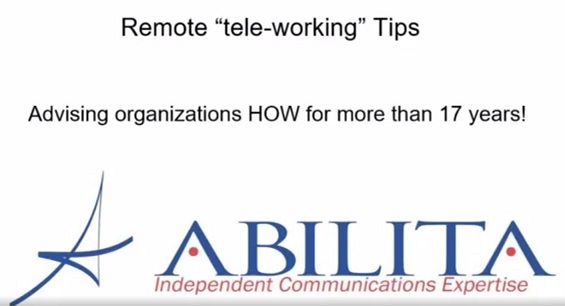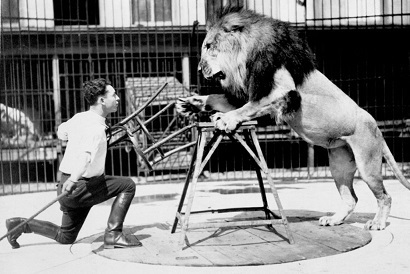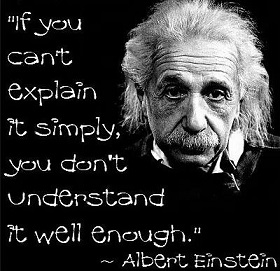Over a century ago, a lion tamer named Clyde Beatty learned a lesson that is so important that it impacts nearly every area of your life today. What was that lesson? Keep reading to find out what a lion tamer can teach you about how to focus, concentrate better, and live a healthier life.
The Lion Tamer Who Survived
Clyde Beatty was born in Bainbridge, Ohio in 1903. When he was a teenager, he left home to join the circus and landed a job as a cage cleaner. In the years that followed, Beatty quickly progressed from a lowly cage boy to a popular entertainer.
Beatty’s act included a segment where he brought lions, tigers, cougars, and hyenas into the circus ring all at once and tamed the entire group.
But here’s the most impressive feat of all…
In an era when the majority of lion tamers died in the ring, Beatty lived into his 60s. How did he manage to survive? Thanks to a simple idea. Clyde Beatty was one of the first lion tamers to bring a chair into the circus ring.
The Whip and The Chair
The classic image of a lion tamer is one of the entertainer holding a whip and a chair. The whip gets all of the attention, but it’s mostly for show. In reality, it’s the chair that does the important work.
When a lion tamer holds a chair in front of the lion’s face, the lion tries to focus on all four legs of the chair at the same time. With its focus divided, the lion becomes confused and is unsure about what to do next. When faced with so many options, the lion chooses to freeze and wait instead of attacking the man holding the chair.
Avoid the Fate of the Lion
How often do you find yourself in the same position as the lion? How often do you have something you want to achieve (i.e. lose weight, gain muscle, start a business, travel more) … only to end up confused by all of the options in front of you and never make progress?
This is especially true in health, fitness, and medicine, where every person and company seems to believe it is their duty to make things more complex. Every workout routine you find is the best one. Every diet expert says their plan is the optimal one.
The end result is that we feel like we can’t focus or that we’re focused on the wrong things, and so we take less action, make less progress, and stay the same when we could be improving.
Here is how to Focus and Concentrate Better
Anytime you find the world waving a chair in your face, remember this: all you need to do is commit to one thing. In the beginning, you don’t even have to succeed. You just need to get started. Starting before you feel ready is one of the habits of successful people.
Most of the time, the ability to get started and commit to a task is the only thing you need to do to focus better. Most people don’t have trouble with focusing. They have trouble with deciding.
Have you ever had a task that you absolutely had to get done? What happened? You got it done. Maybe you procrastinated, but once you committed to doing it, you got it finished.
In other words: making progress in your health, your work, and your life isn’t about learning how to focus and concentrate better, it’s about learning how to choose and commit to a specific task.
You have the ability to focus, you just need to choose what to direct it towards instead of acting like the lion and dividing your attention among the four legs of the chair.
We all have the ability to focus and concentrate, but only if we decide what is important to us and what we want to commit to accomplishing. The only wrong choice is no choice.
Stop Gazing at the Chair
Life isn’t a dress rehearsal. Whether you know it or not, you’re already in the ring. We all are. Most of the time, we sit quietly, gazing at the chair in front of us, silently debating about which leg is the most important.
It doesn’t have to be that way.
If you have somewhere you want to go, something you want to accomplish, someone you want to become… then make a decision. If you’re clear about where you want to go, the rest of the world will either help you get there or get out of the way. Both of those are useful.
You don’t have to do it all at once, but there is something that you need to do now. Something that’s calling you, something that’s important to you, something that you’re destined to do. I don’t know what it is, but you do. Swipe the chair out of the way and choose it.
This article was originally published on JamesClear.com. James Clear writes at JamesClear.com, where he shares science‐based ideas for living a better life and building habits that stick. To get strategies for boosting your mental and physical performance by 10x, join his free newsletter.










